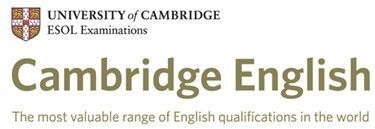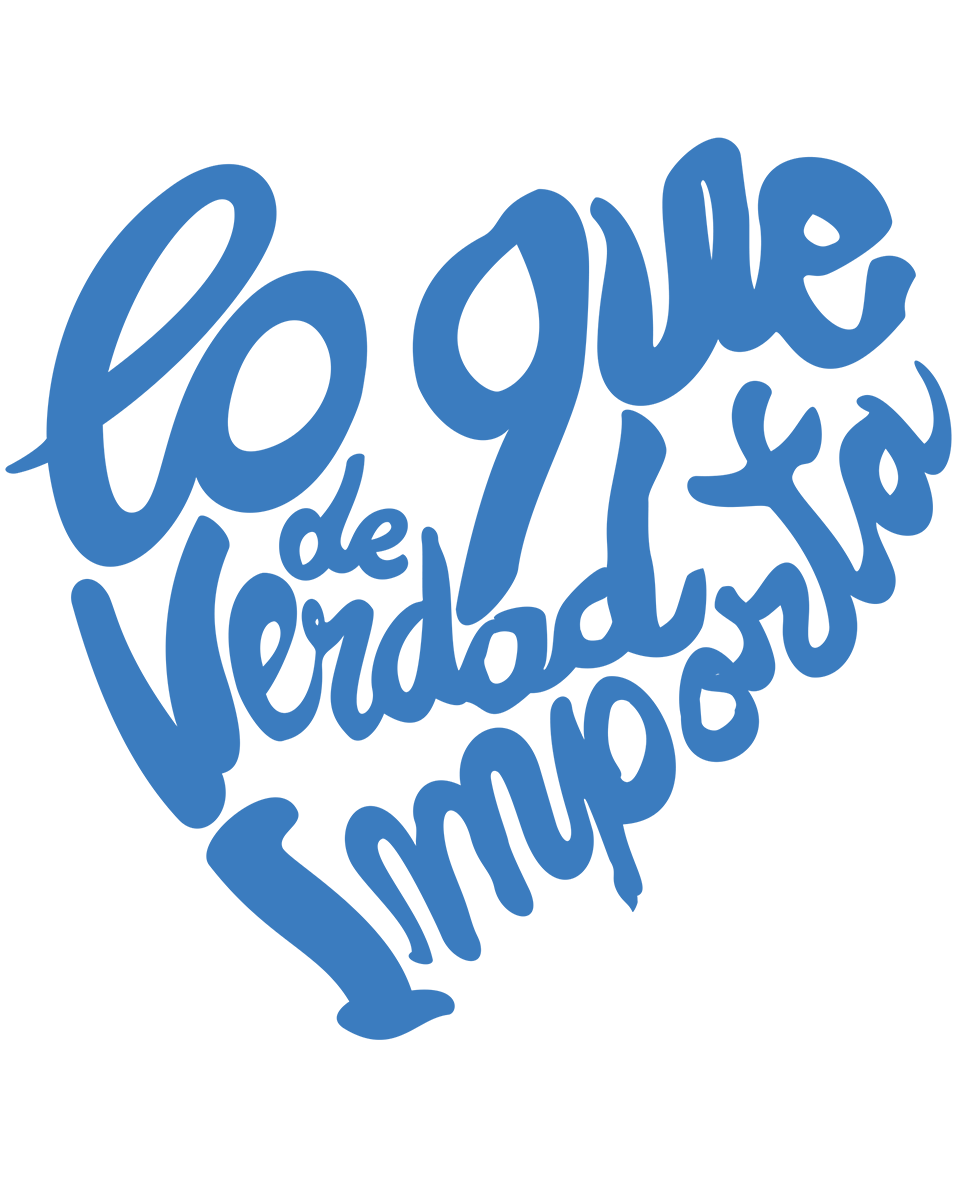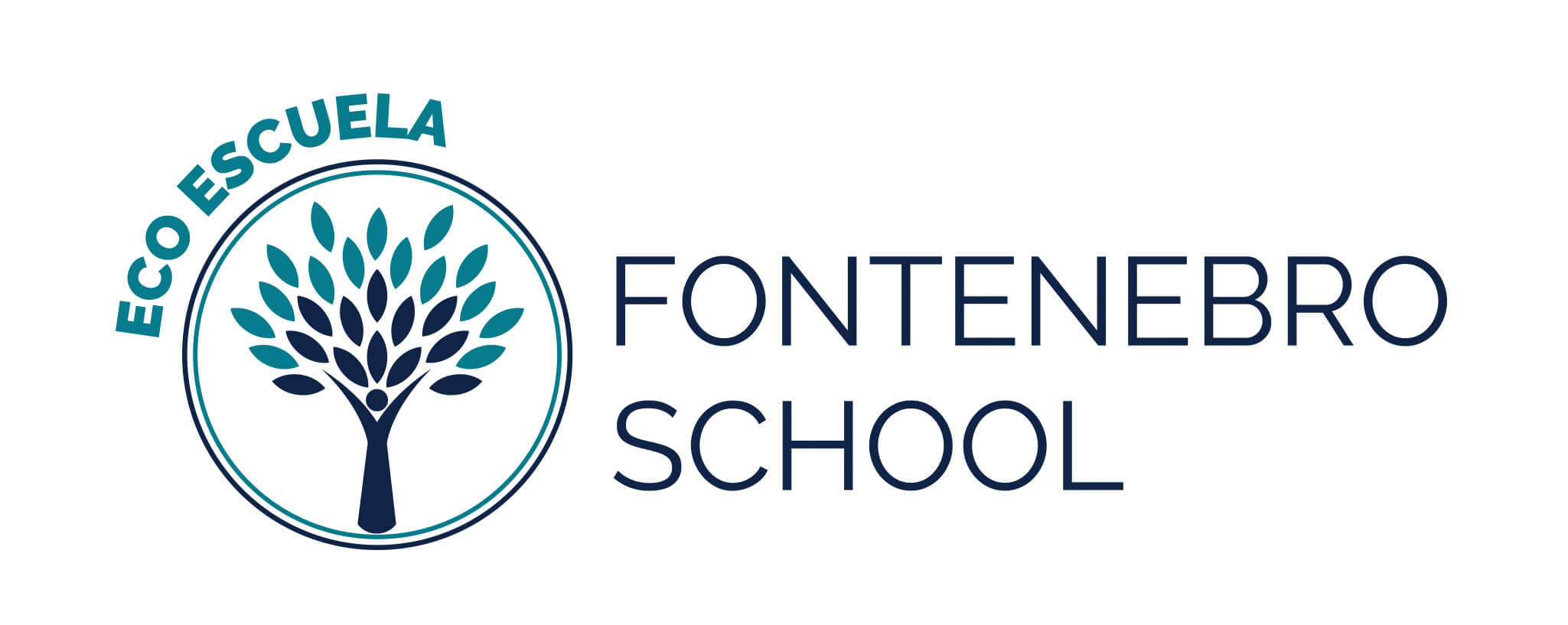LOCKED SYLLABLES
In the first grade we are going to learn the syllables that are trabulated throughout the course.
These are syllables in which two consonants and a vowel are found in a row.
Blocked syllables are usually difficult to pronounce. It costs a little bit to pronounce them.
There are thirteen possible combinations of the following syllables: bl,br,cl,cr,dr,fl,fr,gl,gr,pl,pr,tr,tl.
As their name indicates, they are usually difficult syllables for students to learn, since they result in “locking” when speaking.
In order to understand the stuck syllables, it is convenient to first understand the rest of the syllables:
- Direct syllables: those in which the consonant is and is pronounced in front of the vowel. Example: pa- ta- pe …
- Inverse syllables: those in which the vowel is in front of and pronounced before the consonant. Example: al- en- ad- ad- ob – un.
- Mixed syllables: these are a mixture of direct and inverse syllables. They are composed of a direct syllable plus a consonant. Example: bar- pes- pal.
Normally children have less difficulty with “l” syllables, they are less difficult than those containing the “r”.
When starting to work on the “l” syllables, all professionals must make sure that the children have no difficulty in pronouncing the syllables separately, that is, if we want to start working on the “bli” siphon, we must first observe if the pronunciation of the “b” and the “l” separately is correct.
It is advisable to carry out reading and modeling activities, a block of syllables can be chosen and presented to the child. First we must be the adults who read correctly and encourage the children to repeat what they have been listening to.
It is important to do it slowly, so that the child can copy well all the movements of the mouth and other phonatory organs.
It is a slow process but with patience and time the child will end up pronouncing correctly without realizing it.
There are word games, songs, syllable puzzles … All of them help in the acquisition of the locked syllables.
Ana Esteban Blázquez
Teacher of Primary Education.













![BAPParentLogo[5]](https://fontenebroschool.com/wp-content/uploads/2020/09/BAPParentLogo5.png)


